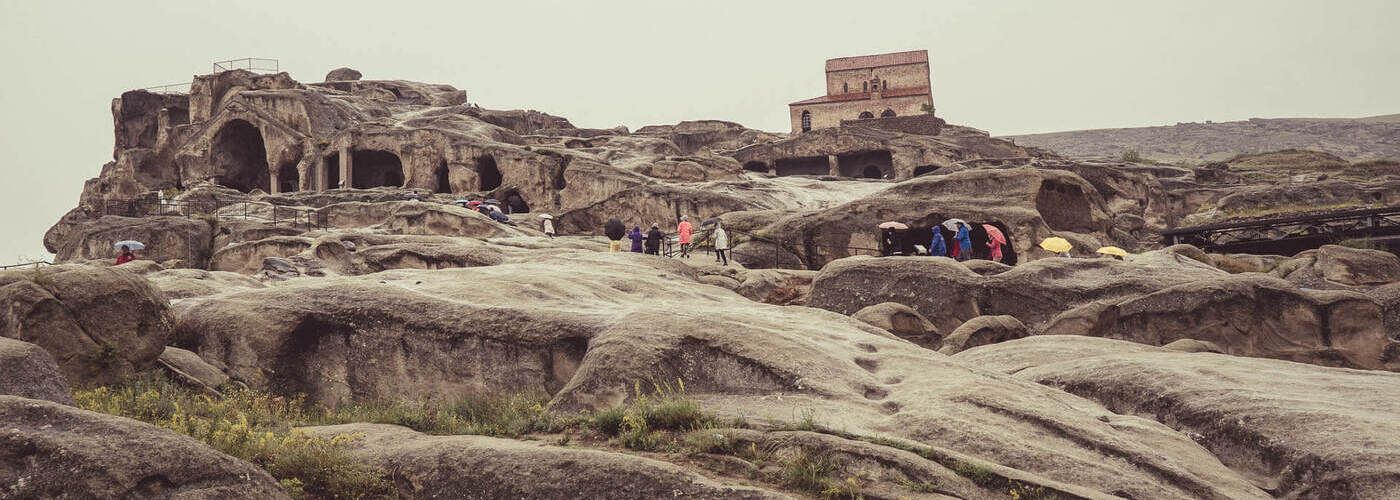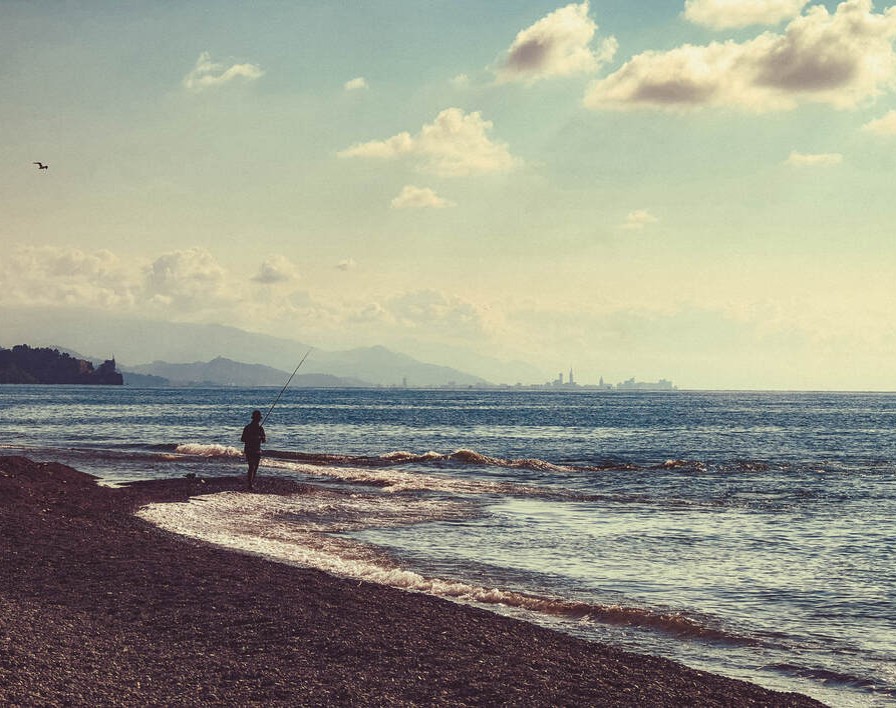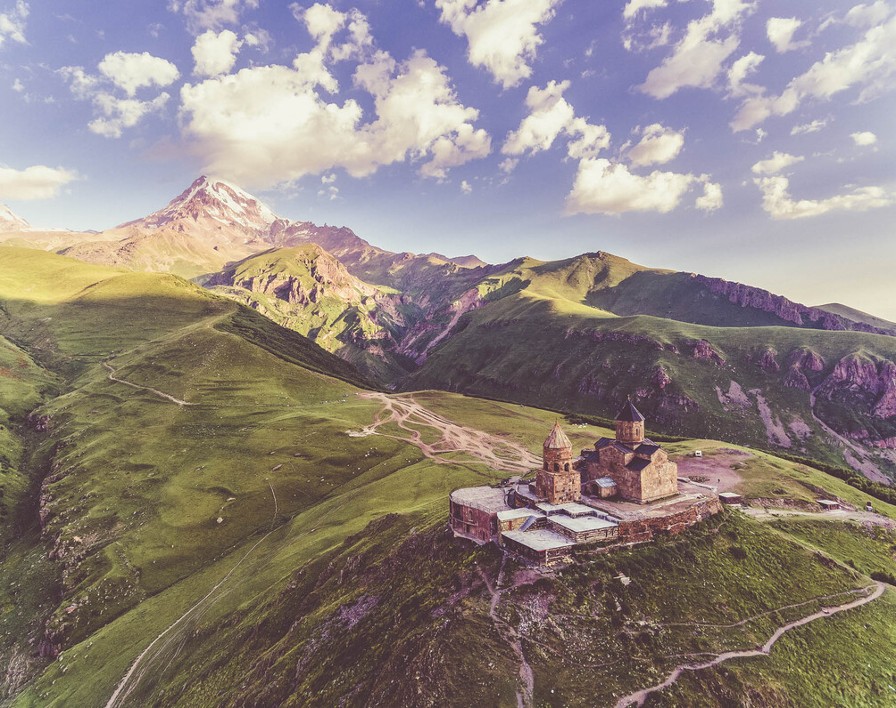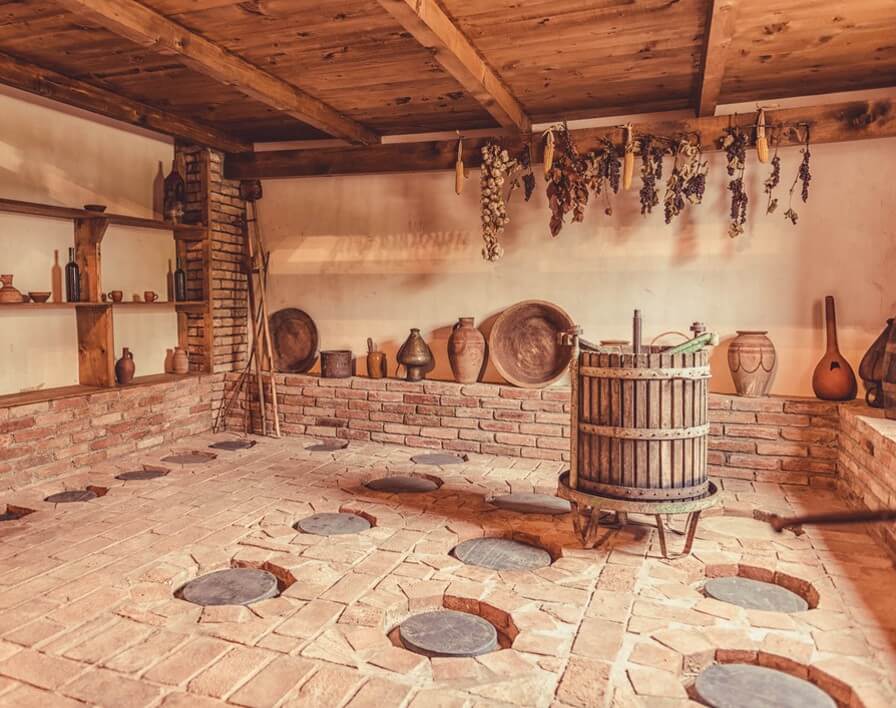- 4
- 1
- 2
- 3
- 3
- 2
- 2
- 2
- 4
- 2
- 4
- 4
- 1
- 1
- 1
- 1
- 1
- 1
- 1
- 1
- 1
- 3
- 3
- 1
- 3
- 3
- 3
Gori
Shida kartli, Georgia

Gori is the largest city in Shida Kartli and the capital of the region. With almost 50,000 inhabitants, it is also the sixth-largest city in Georgia.
The city is particularly famous for the fact that Joseph Stalin was born there in 1912. Even today, the birthplace of the later dictator and a museum in Gori remind people of the city’s most famous citizens. While the Germans have critically reappraised their past, this is unfortunately not the case at the Stalin Museum in Gori. The mass murderer is definitely not approached critically enough.
The fortress «Goris Tsikhe»
Besides the Joseph Stalin Museum and his birthplace, there are other sights as well. On the one hand, the cave town Uplistsikhe is 10 km away, on the other hand, «Goris Tsikhe», the castle ruin enthroned on a hill over the city, which had been built after the invasion of the Mongolians. The ascent takes place on foot. You will be rewarded with a magnificent view of the city and the surrounding area of the Kartli region at the top.
The Historical Ethnographic Museum in Gori
A visit to the Historical Ethnographic Museum, which is only a two-minute walk from the Joseph Stalin Museum, is also exciting. The museum offers a good insight into the life of Georgians during the past epochs. You can admire cultural and historical exhibits such as archaeological artifacts, furniture, weapons, folk costumes, and traditional jewelry.
Uplistsikhe Cave Town
Uplistsikhe, located just a few kilometers outside Gori, is a must-visit. The ancient rock-hewn town played a significant role in Georgian history over a period of approximately 3,000 years. Archaeological excavations have revealed extraordinary artifacts dating from the Late Bronze Age to the Late Middle Ages.
The ancient cave city was built on a rocky bank above the Mtkvari River, approximately 15 kilometers east of the town of Gori. Between the 6th century BC and 11th century AD, Uplistsikhe was one of the most important political, religious, and cultural centers of the pre-Christian Kartli region, one of the predecessors of the Georgian state, and flourished until it was ravaged by the Mongols in the 13th century.
«Fortress of the Lord»
When Christianity arrived in Georgia in the 4th century AD, the city lost importance in favor of the new centers of Christian culture, most notably Mtskheta and Tbilisi. Nevertheless, life continued in Uplistsikhe. Christian structures were built, and for a short time, Christianity and the old faith coexisted in the city. Following the Muslim conquest of Tbilisi in the 8th and 9th centuries AD, Uplistsikhe reemerged as a principal Georgian stronghold and became the residence of the kings of Kartli, during which the town grew to a size of around 20,000 inhabitants. Uplistsikhe means «Fortress of the Lord» in English.
Remarkable architecture
Uplistsikhe is remarkable for the unique combination of styles from rock-cut cultures of the region, most notably from Cappadocia (in modern Turkey) and Northern Iran. The ancient complex can be roughly divided into three parts: a lower, middle, and upper section covering an area of approximately 40,000 square meters. The middle part is the largest and contains the majority of the rock-hewn structures. It is connected to the lower section via a narrow rock-cut pass and a tunnel. Narrow alleys and sometimes staircases radiate from the central street to the different structures.




